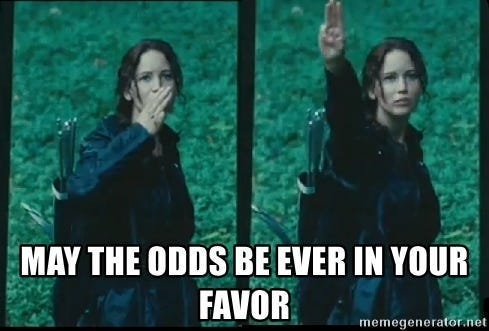Quelling Conspiracy Theories With News Literacy
I got some angry calls this week... I guess I'm back :)

It had been a while since a political figure had yelled at me, so I was genuinely taken aback when, one month into my new job, my phone rang with fury on the other end. But here’s the thing about the news business, this is par for the course. Every time you hit publish, you brace for impact.
And I get it. People want answers. Why did you choose that angle? Why only interview three people instead of ten? Why didn’t you include this crucial detail I think you missed? These aren’t unreasonable questions. In fact, they’re exactly the questions I want to address today, because there’s real logic to how stories come together. It’s not the shadowy conspiracy some imagine—it’s something far more human and constrained.
The Sacred Trinity of Storytelling
First: Know Your People
Every newsroom has its tribe. The Wall Street Journal speaks to the deal-makers and market-watchers. Politico feeds the political junkies their daily fix of insider baseball. Slate serves up smart takes for urban millennials sipping their second oat milk latte. Understanding your audience isn’t just strategy—it’s everything. It’s your North Star, your compass, your reason for being. (This is something I have written about before.)
The way you frame a story, the voices you choose to amplify, even the platforms where you share your work, all of it flows from this fundamental question: Who are you serving, and what do they need to know?
Second: The Brutal Mathematics of Space and Time
Here’s the reality that keeps me up at night: The average web story gets 700-1200 words to shed light on a complicated issue. A radio feature—even a "long" one—gets four minutes to tell a story that might span decades.
Four. Minutes.
I’ve become a master synthesizer by necessity, distilling 60 pages of notes into three pages of story. Hours of raw, emotional interviews compressed into four minutes of radio that somehow still captures the human heart of it all. The cutting is painful. Every quote left on the floor feels like a small betrayal. But this is the art, finding the essential truth in the avalanche of information.
Third: The Cold Equations of Resources and Impact
Newsrooms today are leaner, hungrier, more selective than ever. I cover Montgomery County, Prince George’s County, and Maryland state government for WAMU. That’s roughly two million people across hundreds of potential stories every single day. This is not Pokemon, we can’t catch them all.
So we choose. How many people will this story impact? For how long? Will it change how you live your daily life? These aren’t perfect metrics, but they’re honest ones. We’re trying to ensure the most important stories don’t slip through the cracks for the people counting on us.
A Great Time to Be Back
When you understand these constraints, you begin to grasp what a big deal it is every time a news organization chooses to publish a story, especially the hard ones. Especially the ones that make powerful people reach for their phones in anger.
This first month back at work reminded me of something I’d almost forgotten: the weight of hitting publish.
The real, visceral fear that comes with accountability journalism. The knowledge that somewhere, someone is about to get very, very upset with you.
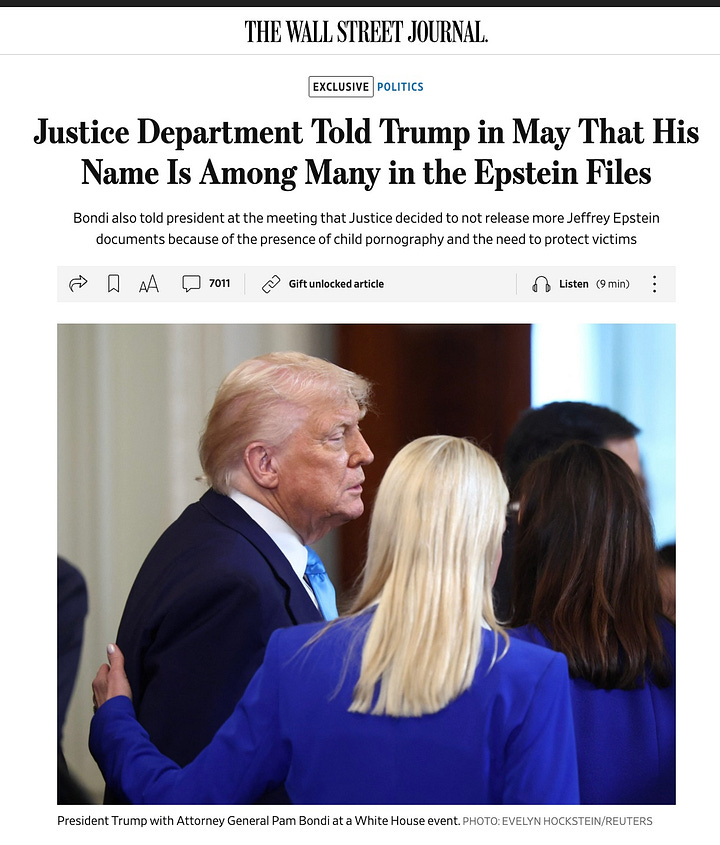
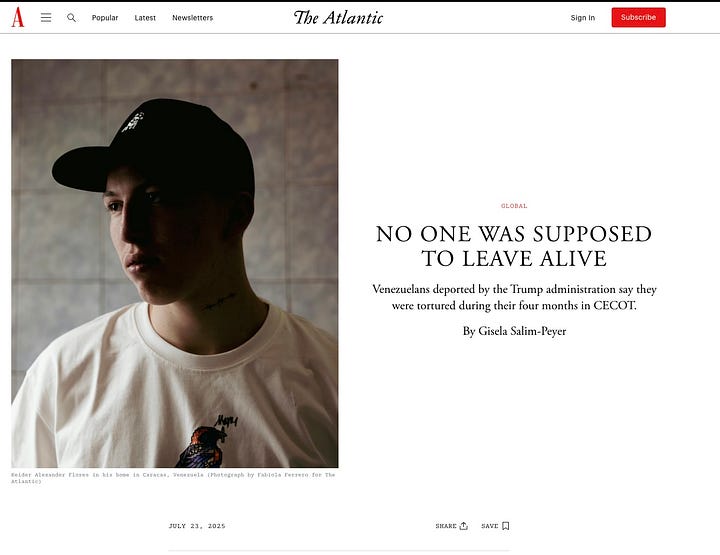
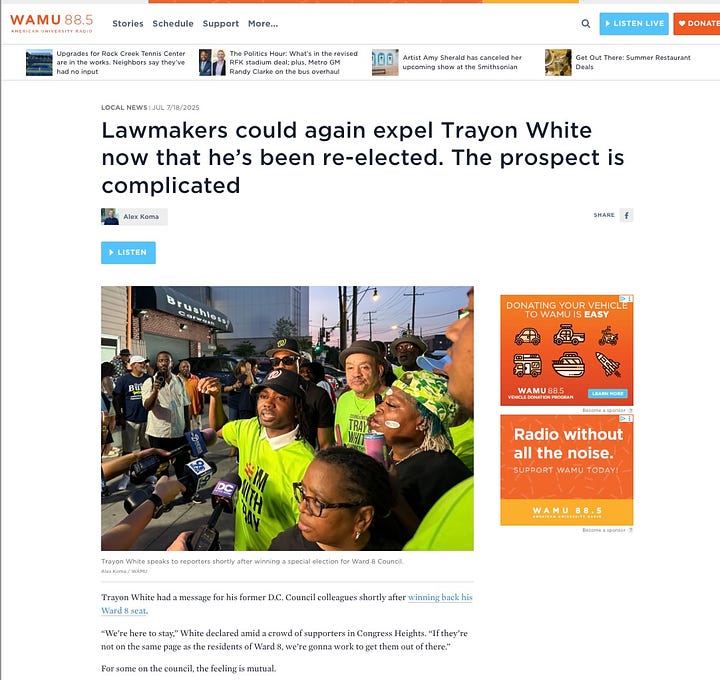
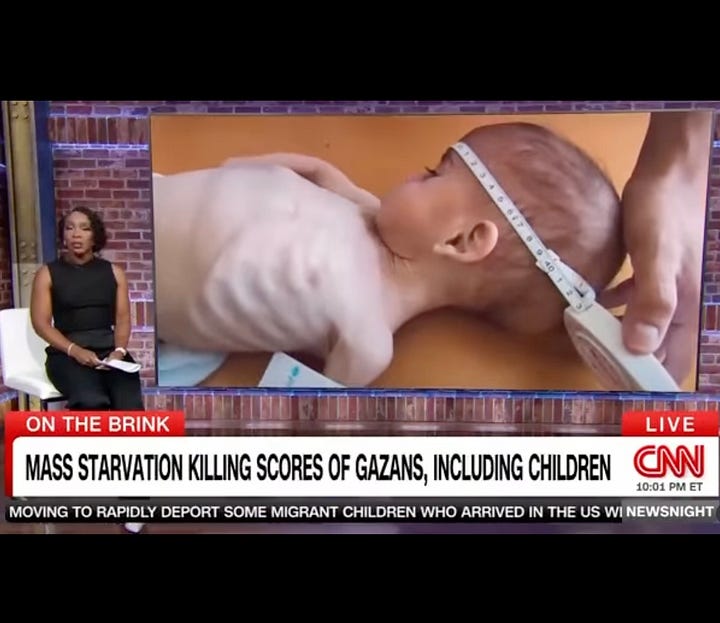
And when I think about the pressure newsrooms are under right now, when I consider the stories that have emerged just this month—coverage of the Epstein files, immigrants imprisoned in El Salvador, local elections that will reshape communities, starvation in Gaza—I think about the people brave enough to hit publish anyway. Knowing they might get sued. Knowing they'll be berated. Knowing that readers will always want more context, more voices, more everything than space and time allow.
I am proud of them. Proud of the work. Proud of the bravery. Proud of them meeting this moment when meeting the moment has never been harder.
Media is far from perfect. We make mistakes. We miss things. We're human, and our humanity shows in our work. But damn, there are some people out there doing extraordinary work under extraordinary pressure.
One month back in, and I'm reminded why this matters. Why every story matters. Why every angry phone call, every difficult conversation, every late night spent getting the details right—it all adds up to something larger than ourselves.
I'm glad to be back.
Check out my dance for the real ones.
Subscribe and Share
I hope you found this newsletter helpful and engaging. Please share with any friends or family you think would be interested and feel free to buy me a coffee by subscribing if you got some use out of it or make a one-time donation.
Follow me on Instagram too!
And here is my LinkedIn.
Order a signed copy of my sci-fi novel The Herd- When Democracy Falls.
And remember,…


